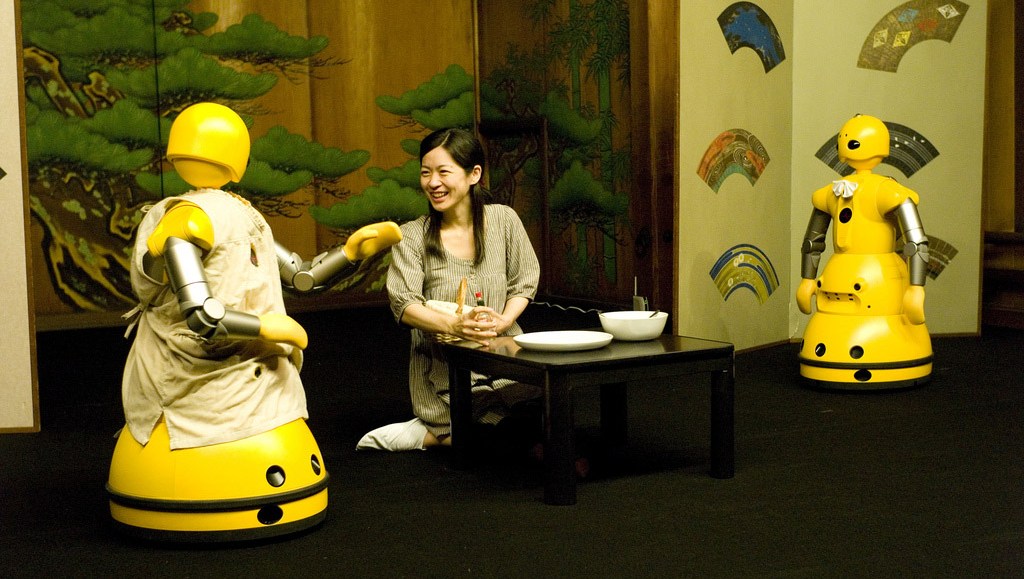
Last week, Domino’s stepped in it on Facebook. A customer took to the brand’s Facebook page to compliment the chain, which then responded with a rote “Sorry for your bad experience” response. Digiday, along with others, covered the snafu, which appeared to point out the perils of relying on automated responses in social media.
#SocialMedia boo boo by Dominos shows the importance of managing the conversation using real people. https://t.co/RfgmZRC6We
— Dan Kim (@umichdan) August 13, 2013
And yet the error was actually a mistake made by a human, according to Domino’s. In much the same way as Bank of America screwed up last month by having a social media team sounding a lot like robots, a Domino’s employee mistook the compliment for a complaint. The employee then, it would appear, gave the default response for social media complaints. Domino’s, to its credit, tried to regain its footing by taking it in stride. The rub with brands in social media is that they’ll need humans, who are prone to make mistakes.
@dominos @Digiday @MeaganSGuidry I agree with you & feel Dominos did a good job today owning up to it. And the pizza they make now is great.
— Alex Ramati (@TheAustinDawg) August 13, 2013
The mistake, it would seem, was not acting human in the first place. Domino’s clearly has a set protocol for dealing with customer complaints. The human error was enacting that protocol. It’s similar to how call centers often rely on scripts. That can help in consistency but, as brands like Zappos have shown, throwing away the scripts for real human interaction can win over more people.
If the corp social response sounds automated, the essence of the channel is lost: Domino’s Facebook Fail https://t.co/U3qd0r6a26 via @digiday
— cheryl nolan (@cnolan01) August 13, 2013
The moral of the story is social media will continue to rely on humans. Some things can be automated, but the best policy for brands is probably to give its people leeway to, well, act like people.
Photo by Brett Davis via Flickr
More in Marketing

The definitive Digiday guide to what’s in and out for advertising in 2026
Here’s the definitive guide to what’s in and out in 2026.

‘Less pitching, more listening’: What Amazon is really doing at CES
Amazon’s ad execs come to CES for their annual reality check.

After watching X’s ownership issues play out, marketers brace for TikTok whiplash in 2026
TikTok’s ownership drama has echoes of X (formerly Twitter), but ad performance has kept marketers for fleeing—for now.





